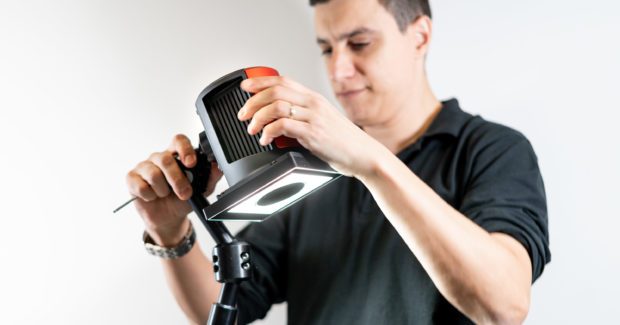‘Total’ QA/QC with Autonomous Machine Vision (AMV)
The developer claims its Inspekto S70 is the first truly autonomous inspection system. Driven by artificial intelligence engines that use good samples to identify noncompliant parts, the Inspekto S70 installs in minutes and is about one-tenth the cost of traditional machine vision solutions.
Posted: August 26, 2020
The Inspekto S70 autonomous machine vision (AMV) system from Inspekto (Heilbronn, Germany; Tel Aviv, Israel; and Detroit, MI) is autonomous in every way, from determining the ideal number of samples needed in the setup process to self-adjusting camera settings that obtain the best possible image. As a result, any employee can quickly and easily set up the system.
As opposed to traditional solutions that inspect one product at a specific point in production, the Inspekto S70 comes with all the components necessary to inspect anything produced in any environment with any handling method: an arm equipped with a camera with 10x zoom, a stabilization arm to eliminate vibration, a mounting adaptor, a controller with HW and SW interfaces to various PLC protocols, an illumination device, and an accelerometer sensor.
Setup takes 30 to 60 minutes. After switching on the controller, the user collocates a good sample item in the field of view (FOV) and uses a mouse to mark the area to be inspected.
One artificial intelligence (AI) engine automatically adjusts illumination and camera parameters to the product’s reflective properties. Another automatically locates the part in the 3D space using one image, allowing the user to add products as sample references even if they’re in a different location or orientation than previous ones.
Instead of learning what a possible abnormality looks like, the system learns what a perfect item looks and alerts the user of any variations. Because a manufacturer may not have an example of every potential abnormality, this greatly simplifies the acquisition process. When enough information has been gathered, the system automatically alerts the user and inspection can begin.















